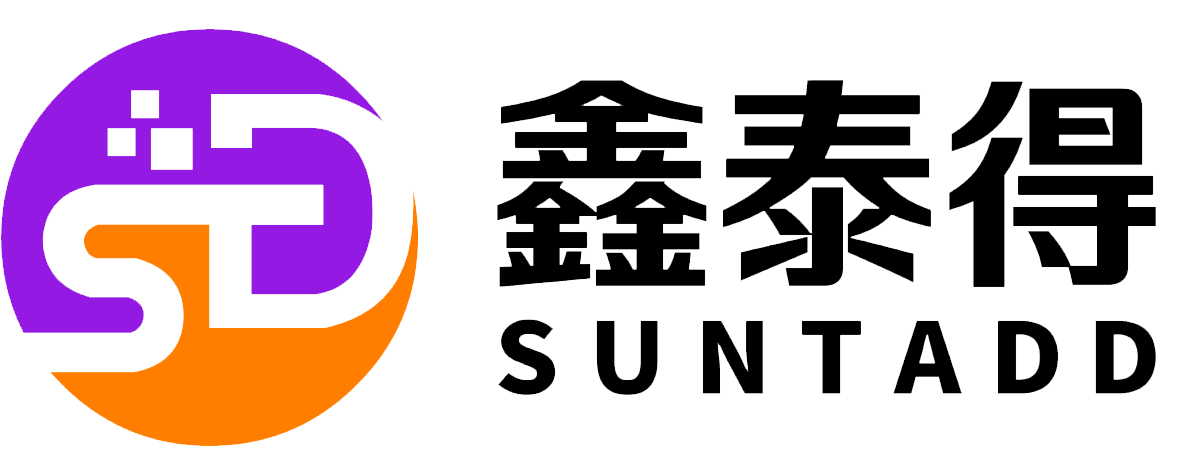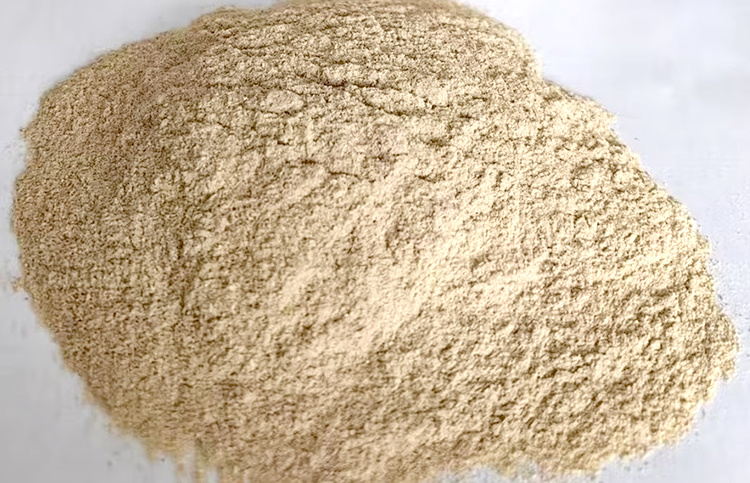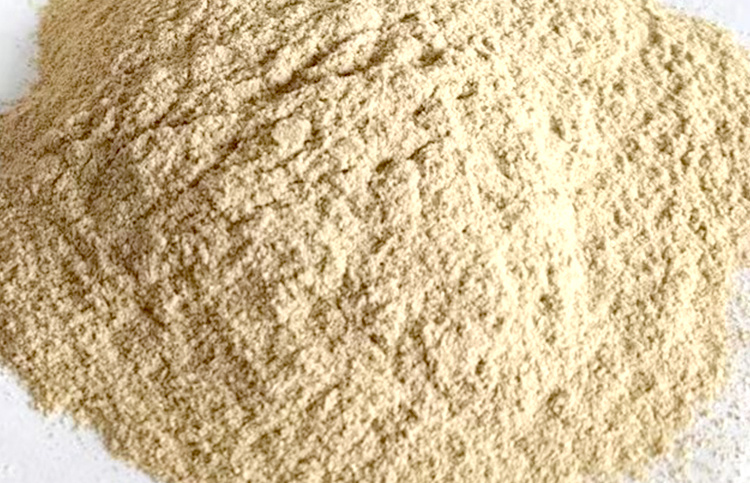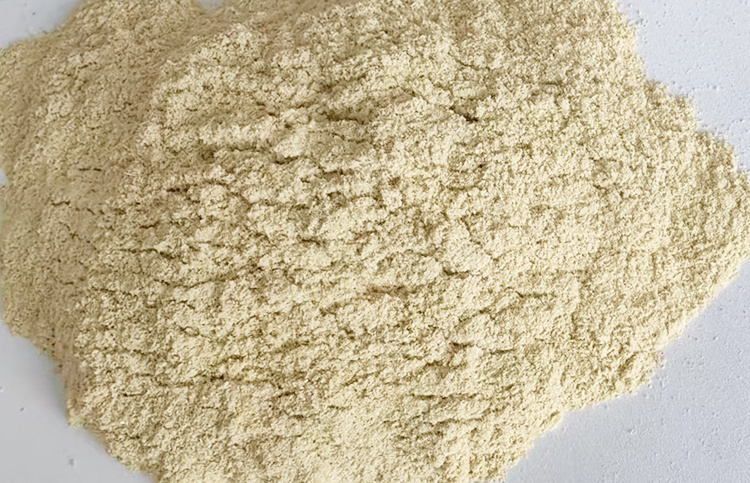Product Details
Soybean Germ Meal
De-salted soybean germ protein is a non-GMO product made from the low-salt byproduct of soybean isoflavones extracted from soybeans. It undergoes processes such as enzymatic hydrolysis, heating, drying, crushing,
Key words:
Soybean Germ Meal
Classification:
Detailed Description
Desalted soy germ protein is a high-protein, zero-antigen feedstuff derived from the low-salt soybean germ residue remaining after the extraction of soy isoflavones from non-GMO soybeans. This product is produced through processes such as enzymatic hydrolysis, heating, drying, crushing, and packaging. It offers several advantages including excellent palatability, high digestibility, elevated protein content, low toxicity levels, and product stability. Additionally, it contains functional materials in the form of soy isoflavones that contribute positively to animal health and growth performance.Incorporating 2-6% of this product to partially replace soybean meal in feeds for pigs, chickens, cattle, sheep, and aquatic animals can lead to reduced feed formulation costs. The product demonstrates significant nutritional benefits along with favorable economic returns.
【Processing 】
Soybean germ - Defatting - Ultrafine grinding - Extraction of soybean isoflavones (successive addition of ethanol, hydrochloric acid, and histidine hydrochloride) - Reflux extraction - Neutralization with sodium hydroxide and precipitation of soybean isoflavones - Desalination - Residual soybean germ - Enzymatic hydrolysis - Heat treatment - Conditioning and drying - Grinding - PackagingPackage: Ton-pack, can be sold as smaller pack according to customers' need
Shelf life: 1 Year
Specifications
| Items | Quality Standard | Results of Chemical Analysis |
| Crude Protein, % | ≥43 | 45 |
| Crude Fiber, % | ≥8 | 15 |
| Crude Ash, % | ≤8 | 7 |
| Moisture, % | ≤12 | 8 |
[Usage suggestions
1. Alternatives to soybean meal:
1) Feed for growing and finishing pigs: 4%
2) Broiler hen feed: add 1-2%
3) Feed for beef cattle, sheep, and dairy cows: 5%
4) Feed for white shrimp: add 6%
5) Feed for grass carp and common carp: add 5%
2. To Develop a New Type of Feed:
As a high-protein carrier, incorporate 50-90% into the premix to create differentiated premix products with a high proportion of protein. This approach aims to reduce farmers' reliance on soybean meal. Ultimately, this will assist farmers in saving time, effort, and costs during this stage, thereby enhancing the market competitiveness of premix products...
3. Fermented Feed:
Develop high-protein bio-fermented feed to enhance protein content and increase the marketability of fermented feed products. Efforts should be made to elevate the protein content in fermented soybean meal and cottonseed meal, minimize loss rates, and maximize protein yield.
Previous Page
Previous Page
Related Products
Online consultation











